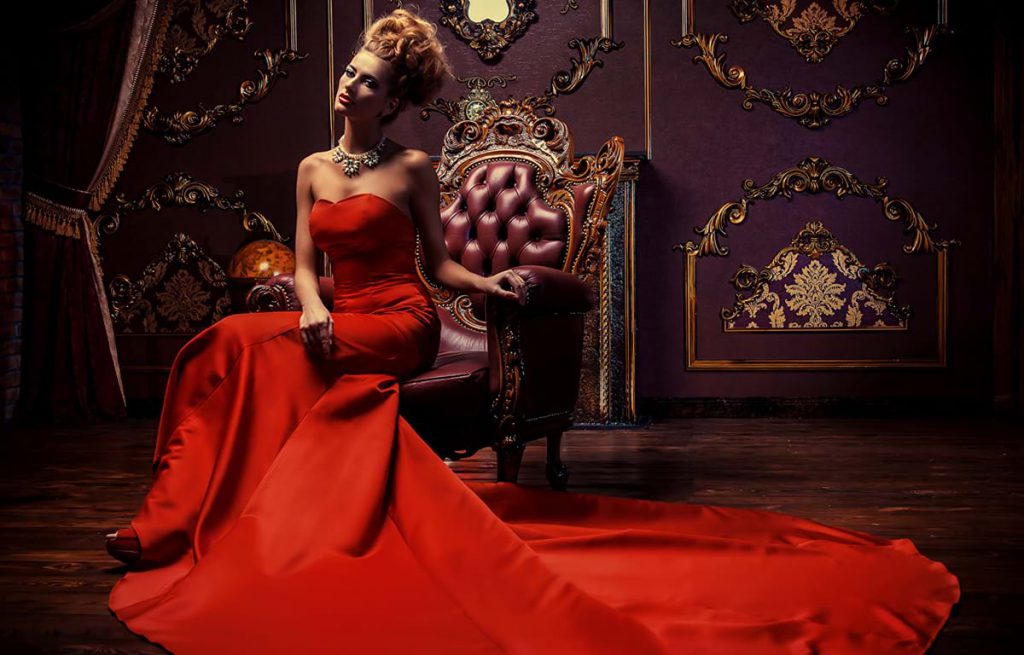
Beyond Disruption: Building Success in India’s Luxury Market
The luxury fashion and lifestyle market in India is one of the world’s most multifaceted, exciting and tricky markets. Brands and retailers that want to capture a share of this rapidly-evolving market need to learn to adapt, or risk missing one of the next greatest untapped opportunities for the luxury business.
The idea of luxury today has evolved into a complete lifestyle, spanning fashion, food, travel, hospitality, health and wellness, and even technology. Yet, it is also a well-established fact that ‘fashion remains the fulcrum of luxury’ and that all other sectors prey onto fashion as a category to drive, growth, inspiration and value additions. Hence, when it comes to luxury, the first thing that most people think of is ‘Fashion’, which itself is a broader concept spread across the realms of apparel, footwear, jewellery, timepieces, eyewear, fragrances and alike.
However, in the present era of democratization of almost everything, the luxury fashion industry is finding itself in a strategic dilemma. The commercial demands of business have begun to take a toll on the creative aspects of the designer community, while the rapidly-evolving business landscape is also impelling the luxury brands and retailers to rethink and adapt, as they strive to preserve themselves in the quintessence of luxury amid creative and business disruptions.
The phenomenon is prevalent the world over, including India. Importantly, the luxury market in India is still nascent, but definitely growing, and is peculiar in its own way.
Enduring creative disruption
The very essence of luxury fashion lies in deep-rooted research; emphasis on new textile blends; inspiration – the Eureka moment for every designer; silhouettes perfected via multiple prototyping; and collections large enough to satisfy every global patron. The essence over the last some decades has got slightly tweaked, however. The luxury fashion first faced disruption way back in 1975 when fast fashion brand ‘Zara’ cannibalised on the very process of how luxury fashion ought to be created – in a slow, relaxed and cyclical manner.
The luxury fashion brands thwarted the onslaught by fast downscaling to introduce entry-level elements of eyewear, perfumes, and accessories like footwear, scarves, ties, belts and even bijou jewellery. Experimentation of associations/special lines for the likes of H&M were resorted to by a few established names of the luxury fashion space.
However, the core fulcrum of apparel fashion stood the test of time until the very recent times when corporate-led brand companies began to demand ‘fast fashion’ from established luxury brands. This has led to a further disruption in luxury fashion to date – no clear path seems to be emerging. Attempts of ‘See now, buy now’ introduced by a few top names like Burberry are yet to prove themselves and may not find favour among true connoisseurs.
To read the full article published in IMAGES Year Book 2018 ~ Vol XV No. 1 : Download PDF

Recent Comments